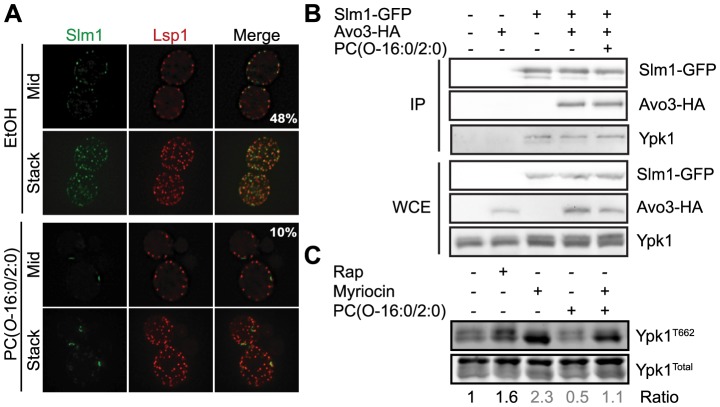Figure 6. Relocalization of Slm1 by PC(O-16:0/2:0) does not mediate the inhibition of TORC2 signaling.
(A) PC( O -16:0/2:0) treatment relocalizes Slm1-GFP to foci. The co localization of Slm1-GFP (YKB3035) with Lsp1-mcherry, an eisosome marker, was examined following treatment with either vehicle (EtOH) or PC(O-16:0/2:0) (20 µM) for 15 min. Numbers represent the percent of Slm1-GFP foci co-localizing with Lsp1-mcherry foci. (B) PC( O -16:0/2:0) treatment does not affect TORC2 interactions. The indicated strains were treated with either vehicle (EtOH) or PC(O-16:0/2:0) (20 µM) for 15 min. The interaction of Avo3-HA and endogenous Ypk1 with immunopurified (IP) Slm1-GFP was determined by immunoblotting with appropriate antibodies. Total levels of each protein were also examined in whole cell extracts (WCE). (C) PC( O -16:0/2:0) still reduces Ypk1 phosphorylation in the presence of myriocin. Wild type cells (TB50a) were pretreated with vehicle or myriocin (5 µM, 30 min) prior to adding rapamycin (Rap, 200 ng/ml) or PC(O-16:0/2:0) (20 µM). The ratio of TORC2-dependent Ypk1 phosphorylation to total Ypk1 was determined for each treatment condition and normalized to control. The mean is displayed below the representative blot (n = 2).

